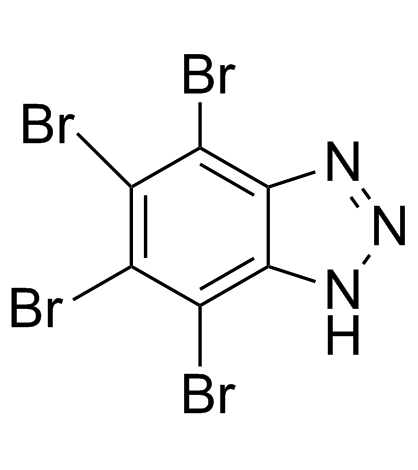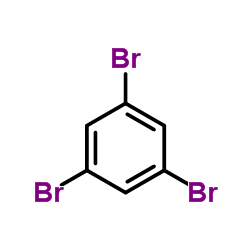| Structure | Name/CAS No. | Articles |
|---|---|---|
 |
N-hexane
CAS:110-54-3 |
|
 |
Dichloromethane
CAS:75-09-2 |
|
 |
TBB
CAS:17374-26-4 |
|
 |
1,3,5-Tribromobenzene
CAS:626-39-1 |